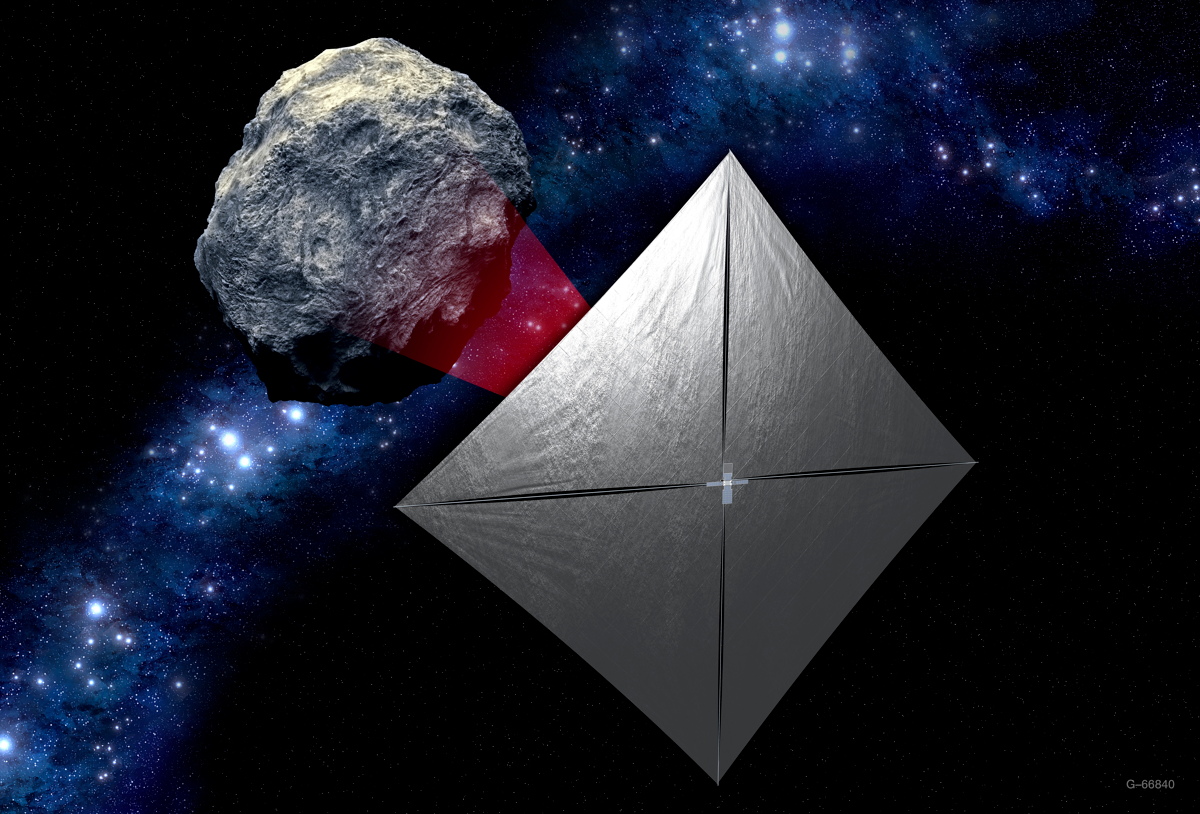NASA Wants New Rocket Rides for Tiny Cubesats

NASA is looking for a more efficient way to launch cheap, tiny satellites, which the space agency thinks will play a big role in space science and exploration in the coming years.
The agency is asking commercial launch providers to develop new systems specifically for "cubesats." These days, such bantam craft must generally piggyback aboard big rockets carrying much larger and more expensive satellites as their primary payloads.
"We want to be that first customer, help mentor these companies and help get these small satellites [into] orbit," Mark Wiese, head of the Flight Projects Branch of the Launch Services Program (LSP) Business Office at NASA's Kennedy Space Center in Florida, told reporters during a teleconference Monday (May 11). "We're trying to find a way to get to orbit at a lower cost." [Cubesats: Tiny, Versatile Spacecraft Explained (Infographic)]
The LSP has issued a draft request for proposals for new "Venture Class Launch Services" (VCLS), explained Wiese and his colleague Garrett Skrobot, mission manager for LSP's Educational Launch of Nanosatellites program at Kennedy Space Center.
NASA plans to award one or more VCLS contracts, under which a launch provider will loft 132 lbs. (60 kilograms) of cubesats, either in a single launch or in two liftoffs of 66 lbs. (30 kg) each. The agency has not disclosed the value of the awards.
The VCLS contract(s) will be awarded by Sept. 30, and the cubesats must be delivered to orbit by April 15, 2018, Wiese said. While such a long lead time is desirable for a demonstration mission of this sort, NASA ultimately wants cubesat-lofting systems to be capable of orbiting payloads on a much faster cadence, he added.
Cubesats the size of a loaf of bread already eye Earth from orbit, and spacecraft of the same dimensions or just a bit larger are scheduled to explore interplanetary space in the next few years.
Breaking space news, the latest updates on rocket launches, skywatching events and more!
Indeed, two cubesats will lauch with NASA's Mars InSight lander in March 2016 to help relay communications during the probe's entry, descent and landing phase, Skrobot said. And tiny spacecraft will study the moon and a near-Earth asteroid after launching on the maiden flight of NASA's Space Launch System megarocket in 2018.
The current call for proposals is specifically geared toward launching tiny spacecraft to Earth orbit, but the progress it inspires could help cubesats get to deep space as well, Wiese and Skrobot said.
"Right now, we want to get this demonstration [mission] out of the way, and work from that point on to see how we can use this in the future," Skrobot said.
Follow Mike Wall on Twitter @michaeldwall and Google+. Follow us @Spacedotcom, Facebook or Google+. Originally published on Space.com.

Michael Wall is a Senior Space Writer with Space.com and joined the team in 2010. He primarily covers exoplanets, spaceflight and military space, but has been known to dabble in the space art beat. His book about the search for alien life, "Out There," was published on Nov. 13, 2018. Before becoming a science writer, Michael worked as a herpetologist and wildlife biologist. He has a Ph.D. in evolutionary biology from the University of Sydney, Australia, a bachelor's degree from the University of Arizona, and a graduate certificate in science writing from the University of California, Santa Cruz. To find out what his latest project is, you can follow Michael on Twitter.
